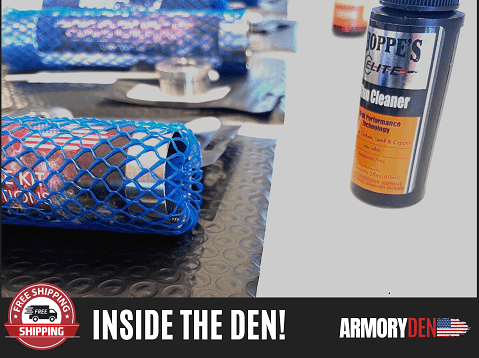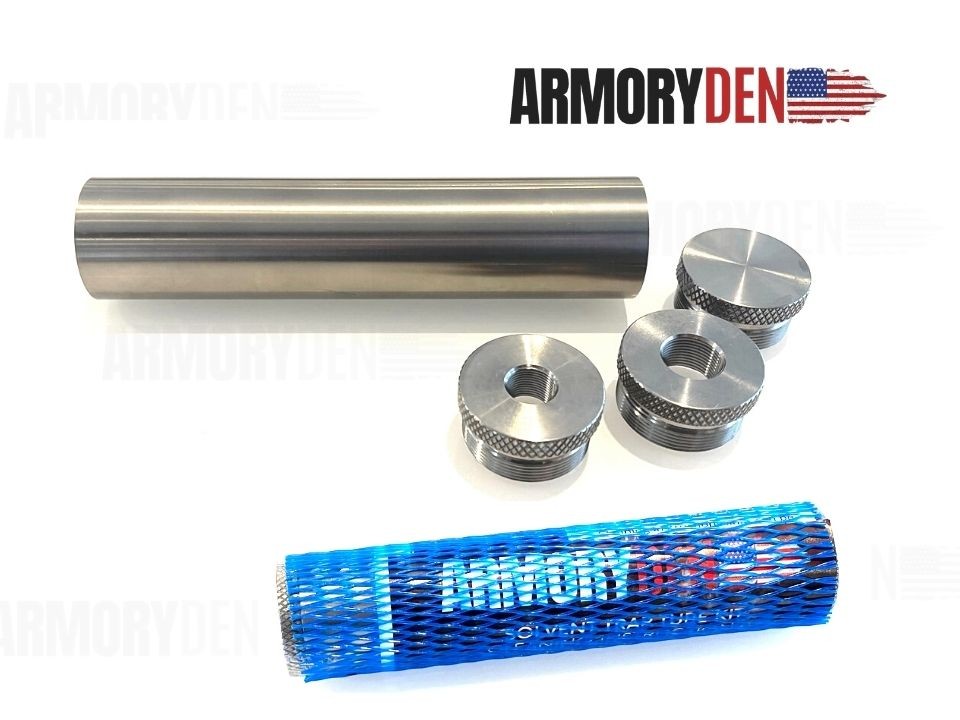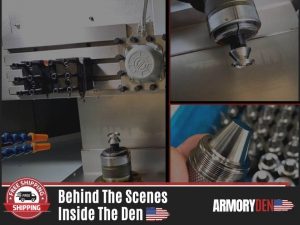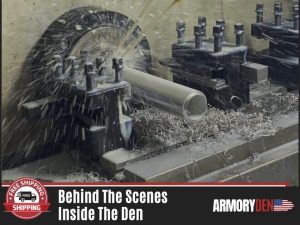The Legitimacy of Napa Solvent Traps and using other Auto Parts as Firearm Accessories
In order to use an oil filter as a “solvent trap,” many people purchase thread protectors or adapters with the correct thread to match their firearm barrel. Some firearm thread pitches are conveniently the same as automotive oil filter thread pitches and can be used interchangeably. If someone wanted to convert an oil filter into an NFA Controlled item through the legal ATF Form 1 Process via NFA Tax Stamp, they would have to go through the process the ATF created to do so.
The main concern that regulators such as the ATF have is that oil filter solvent traps or oil filters can be converted into NFA Controlled or unregistered Class III items without following this process. This is understandable, but this should not mean that individuals should not be able to purchase or sell solvent traps for firearms cleaning.
If the government could regulate anything that they felt uncomfortable about we may as well simply forfeit all of our rights because once one right is encroached on, the others will follow… Contrarily, there are specific situations where this concern is understandable, such as companies that are blatantly shady pushing items with the intent for them to be converted illegally, foreign sites masking their IP Addresses to appear as a legally owned domestic company, or trying to sell and capitalize on the black market demand for illegal items.
Even sites like eBay attract shady foreign and domestic sellers of fuel filter solvent traps that imply on their ads and marketing that they can be converted into unregistered Class III items. As a buyer looking for a legitimate cleaning solution, you would not know who to turn to because you won’t be aware of all this, unless the seller was publically stating it on their site.
When you dig deeper into an eCommerce site or businesses SEO and marketing techniques, keywords and metadata reveal that they are actually optimizing traffic flow using keywords that are geared towards the Form 1 or Class III manufacturing process. Therefore, it is not too surprising when the ATF shut down businesses or seized their items at the boarders, even though they were being marketed and sold 100% legitimately as cleaning kits or solvent traps. The ATF will attempt to contact sellers or business owners of these companies wish to obtain a list of their customers that the fuel filter solvent traps were sold too in order to confiscate them if they are deemed illicit or as unregistered NFA Controlled items.
In the past, ATF had taken the stance that it is not only the total kit but the individual parts of the items that are considered when trying to determine if the kit or individual part is an unregistered Class III or NFA Controlled item. Under this principle, if you buy these pieces, the items could be labeled NFA-controlled pieces in and of themselves. Paying the NFA Tax Stamp along with a Form 1 does not grant you permission to modify the item Form 1 is being sent in for, only the approved Form 1 accompanied by the selected serial number allows the modification to be done.
Many people have been tried and convicted for illegally modifying fuel filter solvent traps. Perhaps there is the impression that individuals are rarely caught or more rarely accused and convicted of possessing an illegal Class III item, but this could not be further from the truth.
Someone may argue that buying these items is legitimate and it is if what’s being purchased is not already deemed an unregistered Class III item or item controlled via the NFA or Gun Control Act of 1968. ATF has previously stated that the sale of “solvent traps” and solvent trap parts is legal. Furthermore, they’ve stated that solvent traps are nothing more than a Firearm Accessory if a projectile is unable to transverse the solvent trap and it is not modified or made to muffle or suppress a firearm. The issue is about some individuals who buy them and wish to modify them for a make projectile pass through the barrel of these pieces rather than use them for firearm cleaning – and again there’s a legal process in doing this.
Sometimes, even those who do not plan to use them to silence or diminish the firearm’s report does. Looking at what has happened in the last year for other items, we can see that ATF appears to be moving to identify a firearm from purpose to use. If this is fair or acceptable for them to do, it is not a fight that you can afford as a person. We believe that, regardless of the result, the expense of defending your position is not something that makes sense to the ordinary person.
If you are still reading this page, it may suggest that your goal or interest in buying these products are to use them as a firearms cleaning kit and that you are just looking for information that well help you make a well-informed decision about which company to choose to ensure that you are buying legitimate solvent traps and where to buy a legal solvent trap.












